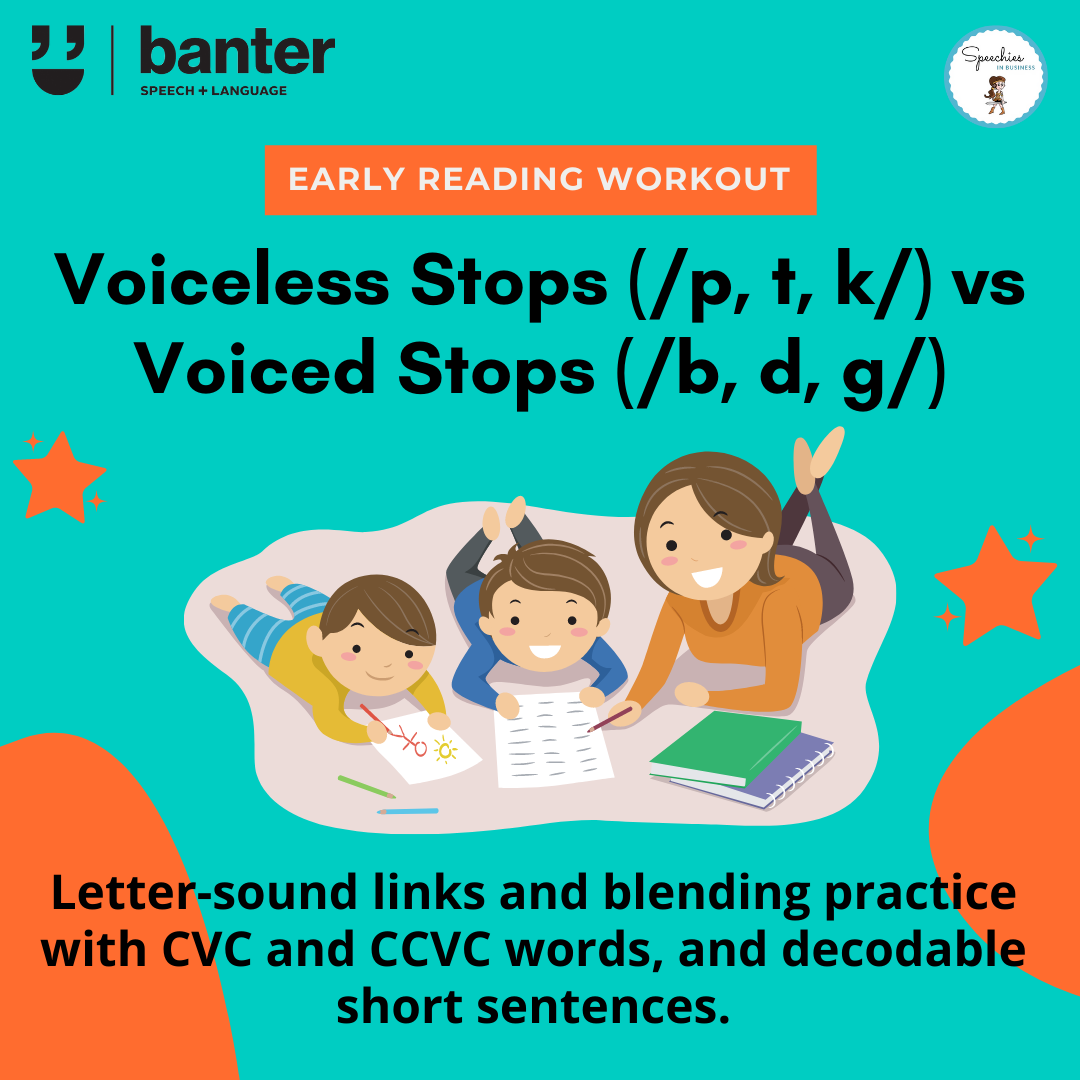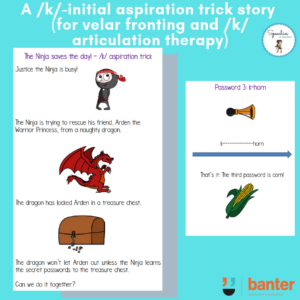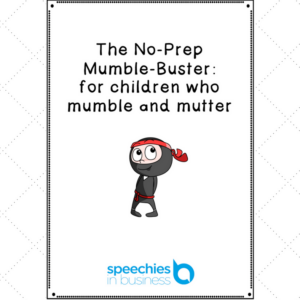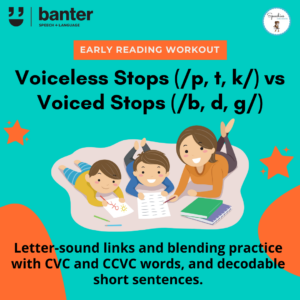(R213) CVC and CCVC Words: Voiceless stops (/p, t, k/) vs voiced stops (/b, d, g/)
$5.99 including GST
22 word-recognition exercises focusing on distinguishing voiced and unvoiced stop consonants – <p>, <t>, <k>, <b>, <d> and <g> – in CVC and CCVC words and short decodable sentences.
Practice decoding consonant-vowel-consonant and consonant-consonant-vowel-consonant words by decoding basic code graphemes into phonemes (speech sounds), and then blending the phonemes together to read the words.
Formatted in PDF (for print) and for Google Slides (for smart boards, iPads, and other devices).
Description
Even after beginning readers have learned their basic code letter-sound links in isolation, it’s common for them to make decoding errors when reading words. Common errors include confusion with pairs of letters that are similar in appearance, e.g. <b> and <d>. But, sometimes, errors are caused by confusion between pairs of similar speech sounds.
Many students – including many children with a history of speech sound disorders, hearing issues, and some children learning English as an additional language – have particular difficulties decoding letters linked with:
- voiceless stop consonant sounds (made without voice), like /p, t, k/; and/or
- voiced stop consonant sounds (made with voice), like /b, d, g/.
We call these voicing errors. Some voicing errors with stop consonants occur when students confuse pairs of sounds, including:
- /b/ (voiced) and /p/ (unvoiced);
- /d/ (voiced) as /t/ (unvoiced); and
- /g/ (voiced) and /k/ (unvoiced).
In speech, typically-developing monolingual English-speaking students generally learn voiceless/voiced stop contrasts by around 3 years of age. If speech errors subsist after school starts, decoding letter-sound links associated with stop consonants will be very difficult, and the student would benefit from speech pathology. You can read more about typical patterns of speech sound errors like devoicing here: FAQ: 10 common speech error patterns seen in children of 3-5 years of age – and when you should be concerned.
This 30-page resource is designed to help students decode and blend consonant-vowel-consonant (CVC) and consonant-consonant-vowel-consonant (CCVC) letter combinations containing voiceless and/or voiceless consonant stops. It includes 22 short exercises of structured practice, including reading words and short sentences containing:
- voiceless stops like /p, t, k/;
- voiced stops like /b, d, g/; and
- combinations of voiceless and voiced stops.
Teaching tip: when modelling /p, t, k/, make sure you do not add a schwa (“uh”) sound after the consonant. /p, t, k/ should sound like you are whispering them – your voice should not be activated. Adding a schwa to unvoiced sounds makes it much harder to distinguish voiced and voiceless stop consonant sounds.
Related resource:
Formatted in PDF (for print) and for Google Slides (for smart boards, iPads, and other devices).










